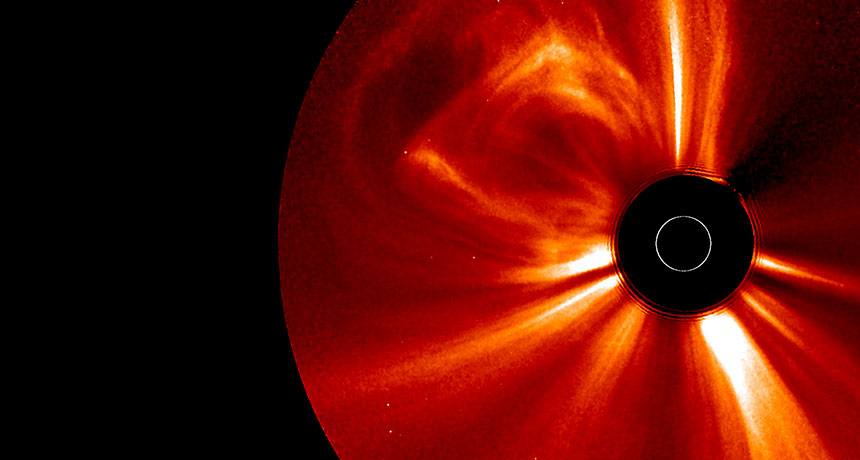

Coronavirus disease 2019 (COVID-19), the disease caused by the. Severe acute respiratory syndrome coronavirus 2 (SARS-CoV-2), a coronavirus responsible for the 2019present pandemic. Structures visible in the corona at such times suggest that they are shaped by magnetic fields, and therefore, that the corona consists of plasma. Corona (from the Latin for 'crown') most commonly refers to: Stellar corona, the outer atmosphere of the Sun or another star. “We look forward to seeing what else the mission discovers as it ventures even closer in the coming years.” During a total eclipse of the Sun, when for a few minutes the Moon completely covers the Suns face, a glow appears around the darkened Sun-the solar corona, the Suns outermost atmosphere. “It’s really exciting to see our advanced technologies succeed in taking Parker Solar Probe closer to the Sun than we’ve ever been, and to be able to return such amazing science,” Joseph Smith, Parker program executive at NASA Headquarters, says. The next major flyby is scheduled to take place in January of 2022, and NASA says this will likely bring it close enough to fly through the corona again. The Sun 's corona lies above the chromosphere and extends millions of kilometres into outer space. coronas or coronae) is the outermost layer of a star 's atmosphere.

The Parker Solar Probe will continue to spiral closer to the Sun and will eventually reach as close as 8.86 solar radii (3.83 million miles) from the surface. During a total solar eclipse, the Sun's corona and prominences are visible to the naked eye. Credits: NASA/Johns Hopkins APL/Naval Research Laboratory “Inside the pseudostreamer, the conditions quieted, particles slowed, and the number of switchbacks dropped - a dramatic change from the busy barrage of particles the spacecraft usually encounters in the solar wind.”Īs the Parker Solar Probe passed through the corona, it photographed those coronal streamers and has provided a perspective that had previously only ever been visible from afar, as mentioned, namely during solar eclipses as viewed from Earth. The halo which appears around the sun during totality and is referred to as the corona today was sometimes confused with the remaining section of the sun. “Passing through the pseudostreamer was like flying into the eye of a storm,” NASA explains. Pseudostreamers are the massive structures that rise above the Sun’s surface and are what are visible on Earth during solar eclipses. During its many close flybys, the Probe dipped beneath 15 solar radii (around 6.5 million miles) from the Sun’s surface and transisted a feature in the corona called a pseudostreamer.


 0 kommentar(er)
0 kommentar(er)
